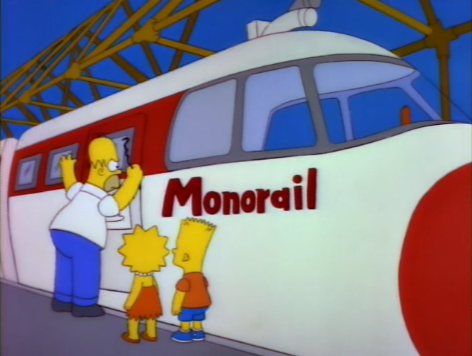Well we’re a week out and for those considering voting below the line I’ve already covered most of the minor parties (and Antony Green has an excellent guide to below the line voting here) However there’s a whole bunch of single issue parties to add to the menagerie of minor parties running on the NSW
Links of the week
I’m not feeling particularly inspired to write anything at the moment. But here are some interesting links this week. I came across this excellent parody video (with thanks to Sociological Images) of Miss USA contestants asked “Should Math be taught in schools?”. Check out the original evolution video here if you can stomach a quarter
What is the new ‘Middle Class’?
The post-budget articles in the newspapers are making me sick. Making out families on $150,000 a year as though they’re on struggle street is pretty dirty, when folk in that situation are better off than most of us. Matt Cowgill has written an excellent piece trying to find out what the middle class (middle meaning
NSW State Election Contests: The Wash
It’s taken some time but all the results are finally in. Time to review the contests I previewed. The Legislative Council After what ended up coming down to what Green’s candidate Jeremy Buckingham described as a ‘neck and redneck battle‘ the final results are in. Thankfully Pauline Hanson, despite getting a surprising portion of the
Links of the week
Although the result in Balmain has finally been sorted, the race for the last seat in the NSW Legislative Council is still ongoing. Antony Green tracks the progress. I’ll post my wash up of the results when this contest is finally decided. Despite the Greens poorer than expected performance in the State election Greens MLC
NSW State Election Contests: The Swing
This is the final in my series of NSW State Election Contests posts, previewing the interesting contests for election watchers beyond the obvious conclusion of the poll. I’ll be back after March 26 to make more commentary. In this post I’ll examine the swing. What is the swing?For those Lindy Hoppers out there I’m not
NSW State Election Contests: The Side Contests
Just because the election is all but a foregone conclusion doesn’t mean there still aren’t some exciting contests happening. I’ve put together a list of electorates to watch on the evening of the 26th. They won’t change the result of this election but could set up an interesting contest in 2015 with the rise of
NSW State Election Contests: The Legislative Council
The outcome of the upcoming NSW State Election seems to be done and dusted. You might think that for a politics-watcher and self-confessed election geek there might be nothing in it for me. But you’d be wrong. There’s a number of contests that will shape the course of politics in the state, some for the
Working Families?
With a state election in NSW in the next few weeks and a federal election one by-election away we’re again being bombarded with political commercials. Here’s a few for sampling: NSW Labor’s “Fairness for Families” NSW Liberal’s spoof of the above (which gets points for comedy) And (because it features Zombies) my favourite
